The Eastern Mediterranean Region (EMRO) is silently struggling in the battle against the tobac co epidemic that’s plaguing the World Health Organization region. Driven by a high rate of tobacco use, particularly among young people, smoking in EMRO is expected to increase by 2025, which is contrary to the trend in other WHO regions. Notably, 42% of boys and 31% of girls in the region smoke, with hookah being more popular than cigarettes.[i]
co epidemic that’s plaguing the World Health Organization region. Driven by a high rate of tobacco use, particularly among young people, smoking in EMRO is expected to increase by 2025, which is contrary to the trend in other WHO regions. Notably, 42% of boys and 31% of girls in the region smoke, with hookah being more popular than cigarettes.[i]
A significant contributing factor to this epidemic is the long-standing affordability of tobacco products within EMRO, with cigarettes’ minimum price being less than or equal to 50% of the median price.[ii] Despite some countries having shown progress in implementing the WHO Framework Convention on Tobacco Control and the WHO recommended interventions (MPOWER),[iii] the affordability gap persists, leading to widespread proliferation of tobacco products and subsequent consumption.[iv]
Moreover, EMRO contends with alarmingly high rates of exposure to second-hand tobacco smoke, with 38% of 13–15-year-olds residing in homes where others smoke tobacco, and 46% of individuals in this age group are exposed to second-hand tobacco smoke in public places.[v]
Tobacco consumption rates in the region are projected to rise by 25% by 2025, where six EMRO countries have fully implemented at least three MPOWER measures. This disturbing trajectory challenges the conventional narrative that links excessive smoking solely to lax regulation. Instead, it reveals a troubling reality: EMRO is ensnared in a web of tobacco industry interference aimed at obstructing evidence-based tobacco control policies.
Tobacco Industry’s Aggressive EMRO Targeting & Interference
The tobacco industry’s grip extends to evading taxation policies across EMRO countries. In Pakistan the industry exploits the country’s tax structure, manipulating prices to its advantage. Through strategically pricing tobacco products within different tax brackets, the industry maintains competitive prices while still benefiting from lower tax rates. Similar tactics are observed in Egypt and Gulf Cooperation Council countries, where lobbying efforts undermine tax reforms crucial for curbing tobacco consumption.[vi]
The tobacco industry protects its self-interest by funding research institutes in Pakistan, skewing studies in favor of tobacco industry priorities. Think tanks allied with the tobacco industry, such as the Egyptian Center for Public Policy Studies and the Pakistani Policy Research Institute of Market Economy, oppose evidence-based interventions like plain packaging, further perpetuating disinformation.[vii]
The tobacco industry utilizes its allies for deceptive purposes, as seen in instances like medical professionals from Egyptian medical schools touring Philip Morris International facilities in Switzerland and subsequently posting on social media about the visit. These posts falsely claim WHO endorsement, portraying the tours as an initiative to examine a new product of the company that purportedly lacks side effects. [viii] Whilst most countries in EMRO ban direct tobacco advertisement, the tobacco industry reinforces its influence by flooding social media platforms with advertisements of ‘healthier alternatives,’ such as Electronic Nicotine Delivery Systems (ENDS) and Heated Tobacco Products (HTPS), which still contain nicotine, an addictive substance. [ix]
Future Projections Call for a United Front
The Middle East and North African Tobacco Products Market is expected to grow at a strong compound annual growth rate of 7.0% during the forecast period (2023-2030).[x] As products like ENDS and HTPS gain traction, it’s plausible that The rising popularity of products like ENDS and HTPS is contributing to the region’s nicotine consumption and addiction.[xi]
Efforts to combat tobacco industry interference are met with intimidating resistance. Discrediting proven science, hijacking political processes, and manipulating public opinion are hallmarks of the industry’s profit driven anti-human rights approach. Nevertheless, the path forward necessitates a concerted effort for comprehensive tobacco control measures.[xii]
Enforcement of MPOWER measures could significantly reduce tobacco consumption rates from 20.6% in 2010 to a predicted 13% by 2030. While countries attempt to embrace tobacco control frameworks, the cunning influence of the tobacco industry remains deeply embedded. Hence, it is imperative that people become aware of the tobacco industry’s interference. Only through raising awareness and actively reducing demand can policy advancements truly materialize.
[i] https://www.emro.who.int/tfi/news/advisory-note-on-waterpipe-tobacco-smoking-second-edition.html#:~:text=Young%20people%20are%20particularly%20at,and%20its%20effects%20on%20healt.
[ii]https://www.ncbi.nlm.nih.gov/pmc/articles/PMC8519342/#:~:text=Median%20price%20differentials%20of%20cigarettes,to%2082%25%20in%20PAHO%20region.
[iii] https://applications.emro.who.int/docs/Progress-health-related-SDGs-targets-EMR-2023-eng.pdf
[iv] https://www.emro.who.int/emhj-volume-26-2020/volume-26-issue-1/cigarette-affordability-in-the-eastern-mediterranean-region.html
[v] https://www.emro.who.int/tfi/know-the-truth/young-people-and-tobacco.html#:~:text=Many%20young%20people%20are%20exposed,hand%20smoke%20in%20public%20places.
[vi] https://applications.emro.who.int/dsaf/dsa909.pdf
[vii] https://tobaccotactics.org/article/Think-Tanks/#Asia.2C_Middle_East.2C_Africa_and_Pacific_Think_Tanks
[viii] https://www.facebook.com/100068901682829/posts/878013162601858/
[ix] https://www.emro.who.int/stop_tobacco_industry/tobacco_industry.html
[x] https://univdatos.com/report/mena-tobacco-products-market/
[xi] https://web.archive.org/web/20190927111315/https:/www.tobaccoasia.com/features/logic-turns-compact/
[xii] https://www.emro.who.int/stop_tobacco_industry/tobacco_industry_tactics.html








